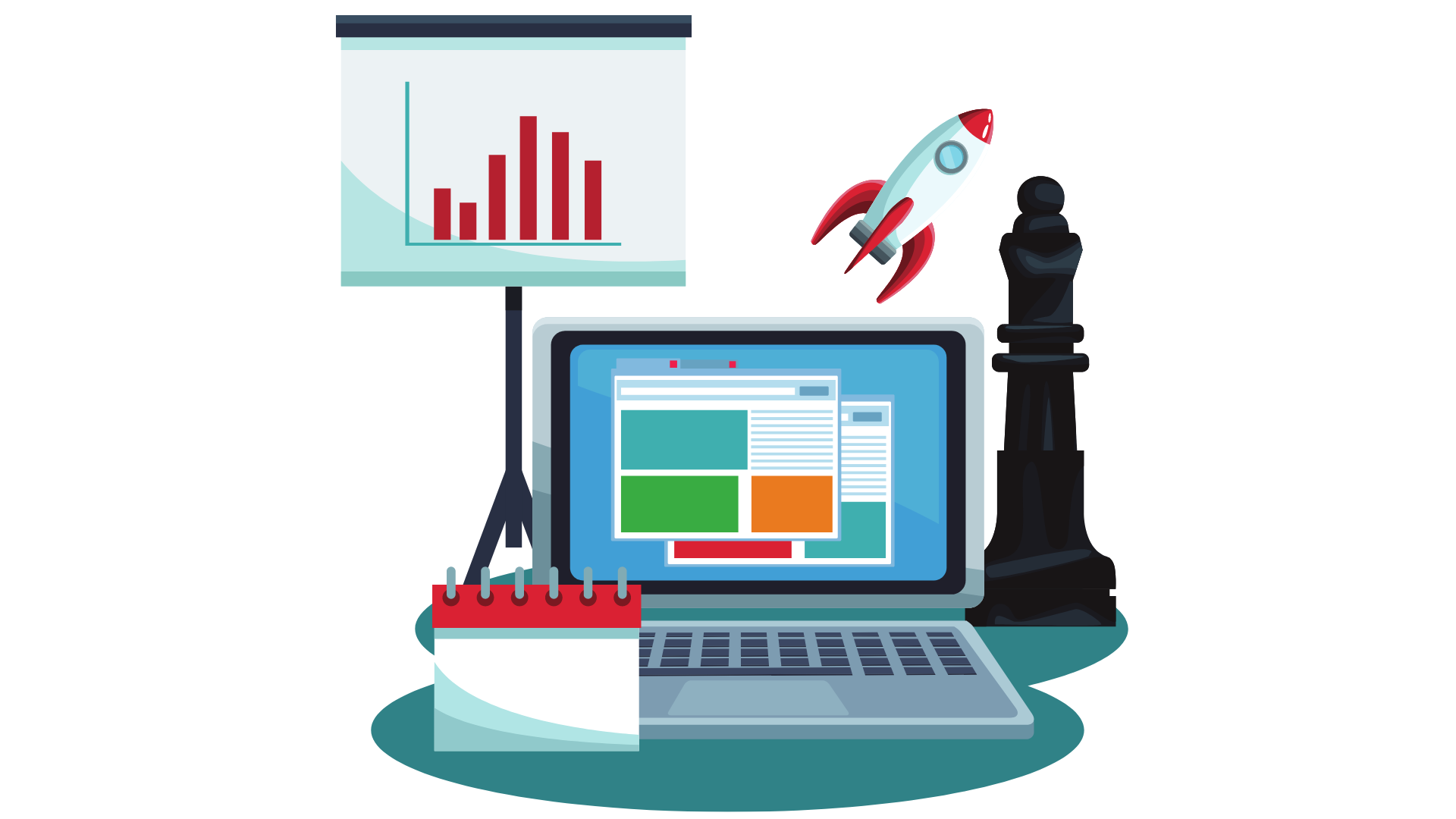Digital and technology capabilities are more essential than ever. The move to remote work because of the COVID-19 pandemic has accelerated rapid digitization and business applications moving to the cloud. The need and pace of modernizing was sooner and faster than most businesses planned for.
Companies that effectively navigate the challenges of application modernization are winning big when it comes to growth and market positioning. As remote work and IT agility demand grows its potential to help organizations invent new refreshed business models, expand market presence, and overall be more competitive.
What is Legacy Software?
Legacy software refers to any computer system or software that is old or outdated but still being used because it is critical to business operations, rather than upgrading to a newer version or improved software. It could also refer to business processes that are no longer applicable to the direction of your company. Legacy systems are security risks, have limitations operating remotely, are not optimized for the user, client experience suffers and are difficult to integrate with software innovations.
How much is your failing software really costing your business?
Calculating the cost and the return of investment for any business makes sense, however sometimes the impact of keeping failing software creeps up as it is perceived as a small problem right now with little positive gratification in the present.
However, not taking action in present leads to a multiplier effect and a high opportunity cost or loss.
1% Improvement every day for 1 year = 38X Gains (1.01365 = 37.8)
1% Regression every day for 1 year = 0.03X Losses (0.99365 = 0.03)
The power of tiny gains is very powerful multiplier and a reason to start, even in small actions today. The cost may seem low at 0.03 for a 1% regression but the opportunity cost of not improving is leaving 37.8X opportunity for your competitors to gain market share.
This multiplier is the rational and innovation behind why so many large established businesses are taken over by new innovative businesses and disrupting industries. The power of tiny gains can be compounded if having an impact on multiple areas of a business.
Impact = Profit X People X Opportunity Cost
Innovations and modernizations leading to 1% improvement daily and 38X gains annually on each impact component profit*people*opportunity costs are even more significant when compounded and can equate to over 54000X gains and opportunity.
• Netflix survived Blockbuster as it innovated from movie rentals to streaming
• Uber innovated the Taxi Industry for on demand transportation
• AirBnb created a new market of accommodations competing with hotels
• GoPro now is the camera leader instead of Kodak Film
How do you know it is time to replace, upgrade and support?
Triggers to know when you need to modernize legacy systems:
- Corporate software objectives change and negatively affects your company’s competitive performance
- High maintenance cost of a legacy system
- Serious architectural flaws
- Low performance and scalability issues
- Current functionality inconsistency with modified business needs
- The necessity to enter new platforms – for example, creating a web and mobile version for a desktop app
- Your systems feel like a “Frankenstein” of combined systems, causing process breakdowns, data redundancies and user frustration
- Management can not access data when and where they need it from business critical systems
As software becomes outdated, its efficiency reduces significantly. Consequently, from a strategic perspective, modernization will almost always prove to be more profitable business case than outdated product operation and support.
Interested to build a business case for software modernization, download:
Digital Leadership Guide: Modernizing Your Business Applications
